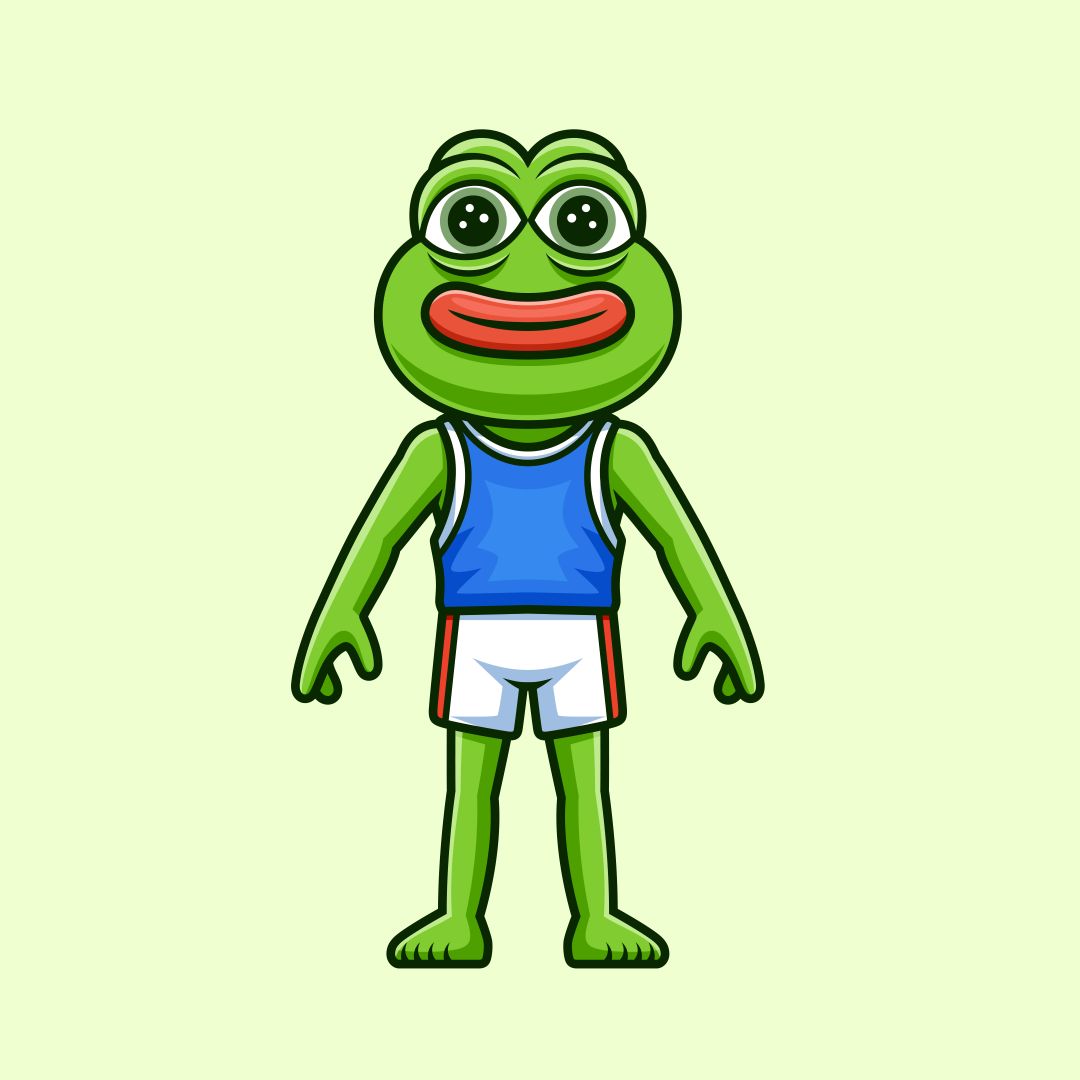In the ever-changing world of internet culture, memes often grow beyond their playful origins and become associated with movements, ideologies, or even political controversies. One such example is the term “Groyper.” What began as a meme quickly evolved into a subculture with its own identity, followers, and critics.
The Origins of the Groyper Meme
The Groyper meme is closely related to the famous “Pepe the Frog” cartoon, which has been a central figure in internet meme culture for years. While Pepe has been adapted into countless variations, “Groyper” emerged as a specific version: a cartoon frog sitting with folded hands and a smug, self-satisfied expression.
At first, it was just another funny image circulating in meme communities. But over time, this image became symbolic for a certain group of online users who started identifying themselves as “Groypers.”
The Groyper Movement
By the late 2010s, “Groypers” were no longer just meme enthusiasts. The term became associated with an online political movement, particularly among young, right-wing activists in the United States.
- These groups often called themselves the “Groyper Army.”
- They positioned themselves as a more radical alternative to mainstream conservatism.
- Members of this movement frequently used the Groyper image online as a badge of identity.
This gave the word “Groyper” a dual meaning: both a meme and a political symbol.
Why Are Groypers Controversial?
The Groypers movement has sparked significant debate and criticism. While some followers describe themselves as simply traditionalist or nationalist conservatives, critics argue that many within the movement express extremist, exclusionary, or discriminatory views.
Key controversies include:
- Association with the alt-right: Groypers are often linked to far-right or ultra-conservative figures.
- Internet confrontations: The “Groyper Army” became known for challenging mainstream conservative speakers during live events and online debates.
- Use of memes for ideology: What began as humor quickly turned into a symbol with divisive political meanings.
Because of these factors, “Groypers” are often discussed in the same breath as other controversial internet-based political movements.
Understanding the Symbol
It’s important to note that not everyone who uses the Groyper image is part of the political movement. For some, it remains just a meme—a humorous frog image like many others in online culture. However, in political contexts, it has taken on a much heavier meaning.
Conclusion
The story of the Groyper highlights how internet memes can evolve into symbols of identity, ideology, and even conflict. What started as a playful frog image is now tied to an online subculture that has sparked headlines, debates, and controversy.
In the digital age, memes are more than jokes—they are cultural markers. And the Groypers show us how quickly humor can transform into a movement, for better or for worse.
